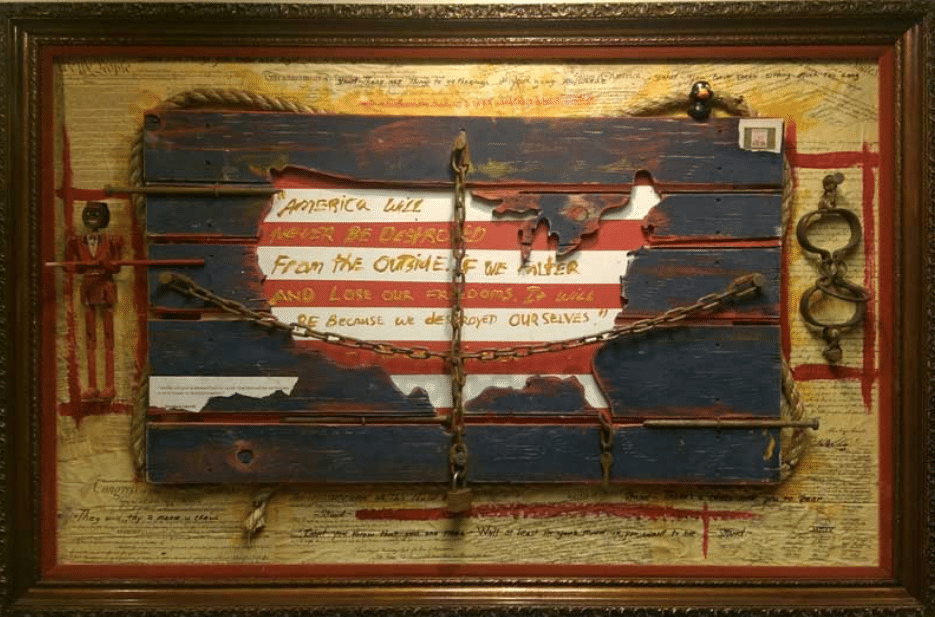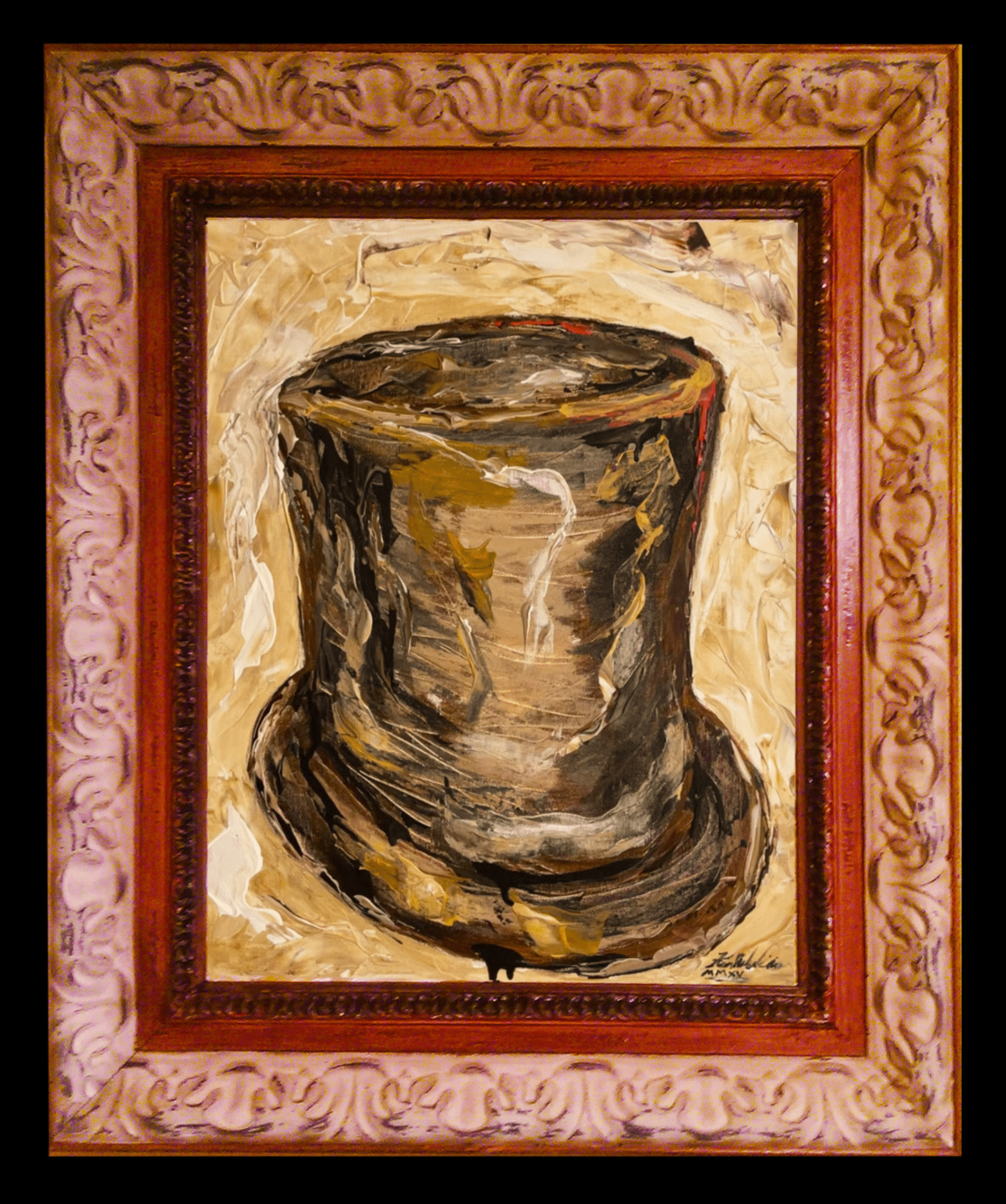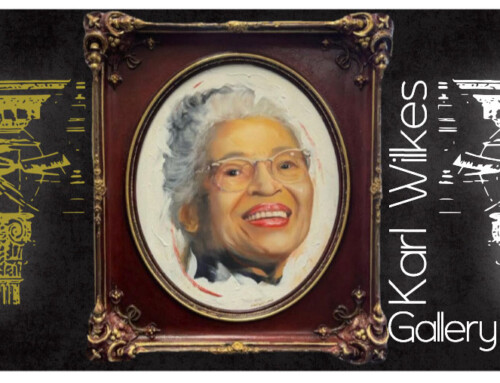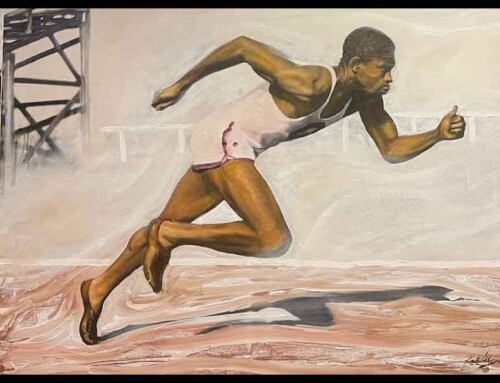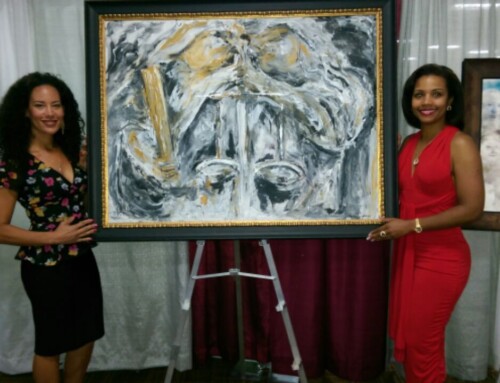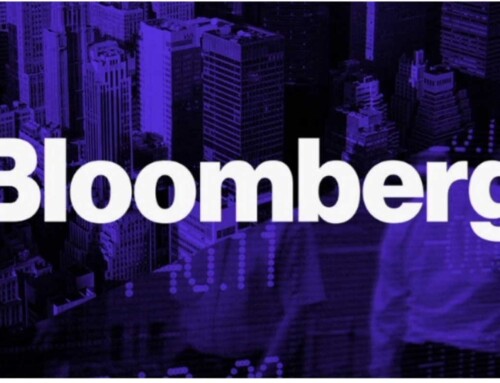Artist Karl Wilkes Life as Art, Unveiling a Universal Language Through the Arts_4
Photo Courtesy: Karl Wilkes (“Beginning of the end” 26×34, mixed media, 2010)
Karl W. Wilkes is more than an artist; he is a visionary whose work challenges the very boundaries of culture, society, and history. His creations do not simply reflect the world around him; they provoke thought, inspire emotional responses, and encourage viewers to reassess their understanding of the world. At the core of Wilkes’s artistry lies a principled authenticity—a deep-rooted belief in the transformative power of art and its ability to transcend time, space, and identity. Through his brushstrokes, Wilkes invites all who encounter his work to journey into realms where the past, present, and future converge in a universal language of expression.
His artistry is not confined to a single medium or genre but instead spans various forms, including painting, sculpture, and murals. Each of these creations is more than an aesthetic exercise; they are vessels of meaning, designed to prompt reflection and conversation. Whether intentionally or not, Karl Wilkes’s work compels viewers to reconsider the cultural and social boundaries that shape our lives. By challenging the status quo, he offers a space for deeper exploration—of our collective histories, the narratives we have inherited, and the ways in which we communicate these stories across generations.
A Visionary Artist: The Language of Expression
Karl Wilkes’s approach to art is deeply personal, rooted in his desire to express and satisfy his aesthetic and humanistic urges. In his own words, “As an artist, I create purely to express and satisfy my aesthetic and humanistic urges. Whether that stimulation is pro or con is not important. The fact that my work elicits some type of reaction is significant. I seek to offer information and suggestion and let the viewer draw conclusions based on his or her own experience.” This statement encapsulates the essence of Wilkes’s philosophy—art as an invitation, a means of communication, and a tool for introspection.
His works are designed to elicit reactions, whether positive or negative, creating a space where viewers can interpret the art based on their own perspectives and life experiences. This openness allows for a broader dialogue about the themes he explores, from historical narratives to contemporary issues. In his work, Wilkes provides the raw material—an aesthetic stimulus—but leaves the interpretation open-ended, ensuring that the viewer is always an active participant in the conversation his art begins.
Through this approach, Wilkes transcends the traditional artist-viewer dynamic. His work is not just for passive consumption but for active engagement. The audience is invited to delve deep into the layers of meaning embedded in his creations, exploring their own emotional responses and connections to the themes he presents. Whether his pieces invoke a sense of nostalgia, contemplation, or even discomfort, the underlying objective remains the same: to encourage dialogue and introspection.
Artist Karl Wilkes Life as Art, Unveiling a Universal Language Through the Arts
Photo Courtesy: Karl Wilkes (“Vessel of freedom” oil on canvas, 30×40, 2020)
A Renaissance Man in the Modern Age
Wilkes has been described as the “last Renaissance man,” a title that reflects both his immense breadth of talent and his ability to bridge the past with the present. His work resonates with echoes of the Renaissance era, where art was not only a form of personal expression but a reflection of the social and intellectual currents of the time. Much like the great masters before him, Wilkes understands that art is not simply about technique—it is about communicating universal truths, provoking thought, and connecting people across time and space.
Through his exhibitions and public installations, Wilkes offers a unique perspective on history, placing it in dialogue with the modern world. His art draws from a rich tapestry of historical moments, blending them with contemporary elements to create a timeless narrative. His murals, for example, are not static representations of the past, but dynamic interpretations that engage with the present. Each brushstroke carries a conversation between eras, bridging gaps between generations and cultures. In this way, Wilkes’s art is both an homage to the past and a forward-looking vision, inviting the viewer to see the world through a new, more integrated lens.
One of the hallmarks of Wilkes’s work is his ability to fuse diverse materials and mediums. This eclectic approach not only challenges traditional boundaries but also reflects his belief in the fluidity of artistic expression. His murals, in particular, exemplify this synthesis of past and present. These large-scale works are more than just decorative—they are educational tools that engage with historical events, figures, and movements, allowing viewers to explore different eras in a way that is accessible, meaningful, and visually compelling.
“Mr. Wilkes’ native intelligence, experience and talent are clearly complemented by his academic understanding of the context of his discipline. His versatility and prowess within traditional media contribute significantly to the richness and power of his art which investigates individual and collective conscience. Altogether, this work demonstrates the artist’s understanding of its theoretical and operational aspects in ways that render it both timely and timeless.“ Professor of art Mark Hudson.
Artist Karl Wilkes Life as Art, Unveiling a Universal Language Through the Arts_2
Photo Courtesy: Karl Wilkes (“Abe Lincoln’s Hat – POTUS study series” 30×30, 2017)
Art as a Portal to Understanding
Wilkes’s artistry extends far beyond the confines of galleries and studios. His public murals and exhibitions act as portals, inviting viewers into a shared experience of history. One of the most notable aspects of his work is its ability to inspire dialogue. His pieces are not merely static displays of art—they are entry points into conversations about identity, history, and the ways in which we perceive the world around us. His murals, for example, are not just visual expressions of artistic skill but serve as platforms for engaging with important cultural and social issues.
Whether displayed in a museum or painted on the side of a building, Wilkes’s works become a part of the community, transforming everyday spaces into immersive environments for reflection. His exhibitions at prestigious venues like Carnegie Hall elevate his art to a global stage, but it is in the streets, schools, and public spaces where his work truly comes to life. It is here that art becomes not just a visual experience, but a living, breathing part of the community—a shared language that transcends individual interpretation and unites people from all walks of life.
The Enduring Legacy of Karl Wilkes
Karl Wilkes’s contributions to the world of art are immeasurable. His works challenge us to look beyond our immediate surroundings and explore the deeper, often unspoken, connections that bind us as human beings. His dedication to authenticity, his ability to provoke thought, and his commitment to bridging historical divides make him a truly exceptional figure in the world of contemporary art.
Through his work, Wilkes has not only created powerful pieces of art but has also opened a dialogue about the power of art to inspire, connect, and heal. As he continues to push the boundaries of what is possible within the realm of artistic expression, his influence will undoubtedly continue to resonate for generations to come. In every brushstroke, every sculpture, and every mural, Karl Wilkes reminds us that life itself is art, a beautiful, ever-evolving masterpiece waiting to be discovered.
Karl.wilkes@gmail.com
424-744-4639
www.karlwilkesart.com

